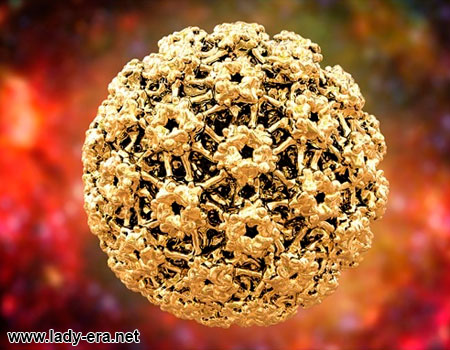Key Symptoms of HPV in Women
Human papillomavirus is a serious skin disorder that is triggered by mucous or skin membrane growth. Specific types of HPV infection can trigger the development of cervical cancer. The results of medical studies show that there are over 100 diverse virus types existing. Depending on the specification of the virus, a patient can experience warts on different body parts, including feet, face, neck, and others.
Usually, the infection does not cause cancer, though certain types of genital HPV can activate cancer cells in the lower part of the uterus. Additionally, anus, vagina, vulva, penis and oropharyngeal cancers are frequently linked to HPV infection. The symptoms of human papillomavirus are individual, but most commonly they appear to be:
- Common warts are rough bumps that occur on fingers, hands, and elbows. They are usually unsightly, but painful and susceptible to bleeding or injury;
- Genital warts appear as flat lesions or tiny stem-like protrusions. In women, the condition hits mainly vulva area, though can also invade the cervix, the vagina, and the anus;
- Plantar warts are grainy, hard growths, which frequently appear on the balls or heels on the feet. They might create ultimate discomfort while walking;
- Flat warts are slightly raised, flat-topped lesions that are darker than the skin. This type of warts has no limits, considering the location, so it can occur anywhere on the body.

Generally, the immune system of your body reacts to the HPV before warts appear, but it is inevitable to contact your doctor in case the organism didn’t fight the infection.
The reasons for the condition occurrence may be various, with the most important being the virus entering the organism. It can develop and invade the whole body, getting to the body through simple abrasion, cut or tear. Genital human papillomavirus is related to a sexual intercourse or another skin-to-skin contact.
As for the treatment, each HPV type can be cured differently. The solution may depend on the severity of the condition, its location, size and numerous other factors. However, the most common ways to get rid of warts include:
- Medical therapy;
- Cryotherapy;
- Laser therapy;
- Electrocautery;
- Surgical removal;
- Interferon injections.




